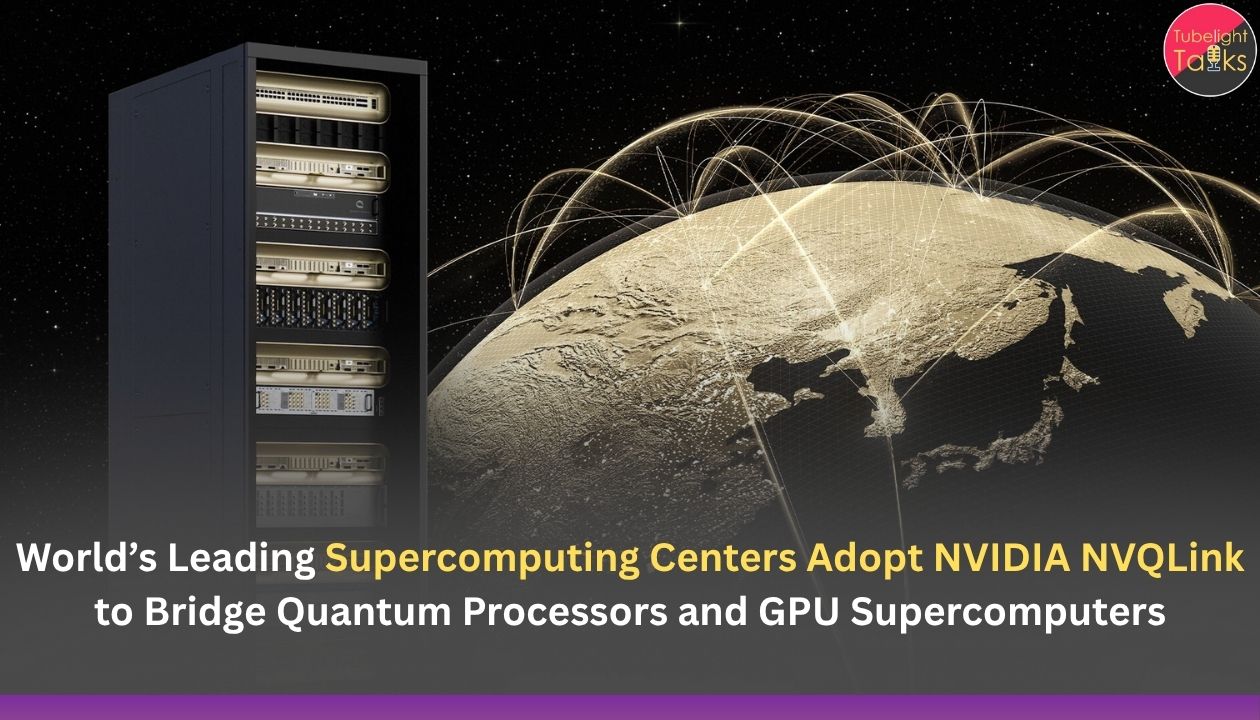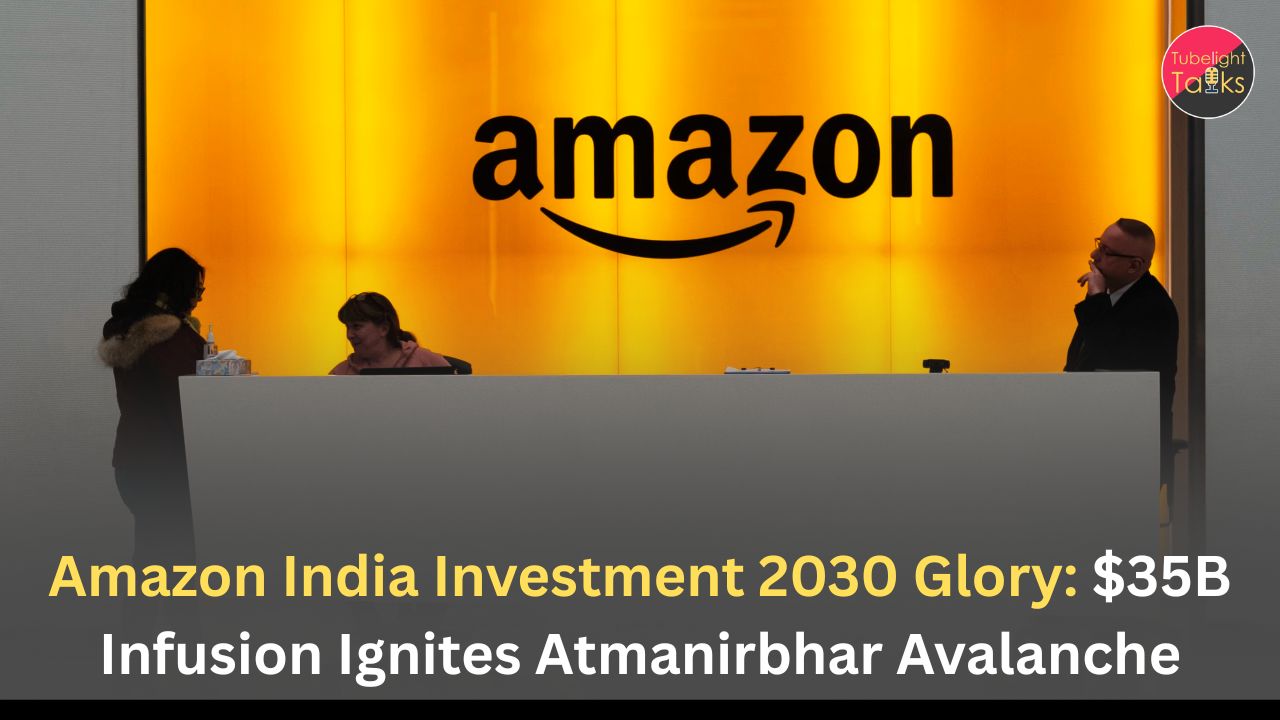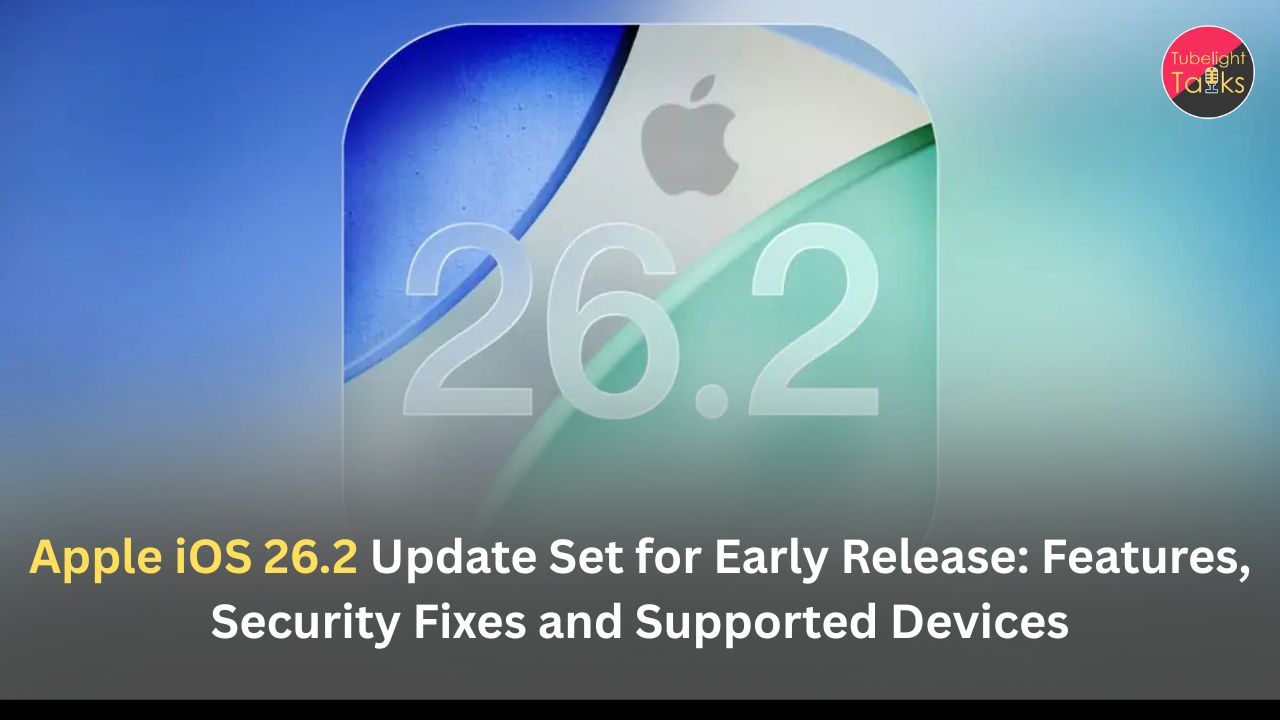Supercomputing Centers: NVIDIA is turning its quantum–classical “bridge” from concept into deployed infrastructure. At the SC25 supercomputing conference in St. Louis, the company announced that more than a dozen leading scientific supercomputing centers and national laboratories worldwide are adopting NVIDIA NVQLink™, described as a first-of-its-kind, open, universal interconnect linking quantum processors with NVIDIA’s accelerated computing platforms.
By plugging quantum chips directly into GPU-powered systems via the CUDA-Q software stack, NVQLink aims to enable large-scale hybrid quantum–classical workflows with high bandwidth and microsecond-level latency—critical for tasks like real-time quantum error correction.
What exactly is NVQLink?
According to NVIDIA’s product brief, NVQLink is an open interconnect architecture that:
- Tightly couples quantum processing units (QPUs) with GPU supercomputers
- Is integrated into the CUDA-Q platform for programming hybrid quantum–classical workloads
- Provides:
- Up to 40 PFLOPS of AI performance (FP4, with sparsity)
- 400 Gb/s GPU–QPU throughput
- <4 microseconds end-to-end latency between quantum control hardware and GPUs
- Up to 40 PFLOPS of AI performance (FP4, with sparsity)
These specs are aimed at workloads where classical control and quantum operations must talk to each other in (tens of) microseconds, especially:
- Quantum error-correction decoding,
- QPU calibration and feedback loops,
- Logical qubit orchestration and lattice surgery protocols.
NVIDIA positions NVQLink as the next step beyond DGX Quantum, its earlier system that first connected quantum controllers directly to the NVIDIA accelerated computing stack.
Who is adopting NVQLink?
The SC25 announcement lists a broad ecosystem of supercomputing centers and quantum builders:
Asia–Pacific
- G-QuAT at AIST (Japan) – business-oriented quantum-AI R&D
- RIKEN Center for Computational Science (Japan)
- KISTI (Korea Institute of Science and Technology Information)
- NCHC (National Center for High-Performance Computing, Taiwan)
- National Quantum Computing Hub, Singapore
- Pawsey Supercomputing Research Centre, Australia
Europe & Middle East
- CINECA (Italy)
- Denmark’s DCAI (AI supercomputer operator)
- GENCI (France)
- IT4Innovations National Supercomputing Center (Czech Republic)
- Jülich Supercomputing Centre (Germany)
- UK’s National Quantum Computing Centre (NQCC)
- Poznań Supercomputing and Networking Center (Poland)
- Technology Innovation Institute (UAE)
- KAUST (Saudi Arabia)
United States national labs
These new adopters join earlier-announced US labs that are integrating NVQLink into their hybrid roadmaps, including:
- Brookhaven, Fermilab, Lawrence Berkeley, Los Alamos,
- MIT Lincoln Lab, Oak Ridge, Pacific Northwest, Sandia,
- and the NERSC facility.
NVIDIA’s thesis is simple: future supercomputers will be “quantum + GPU” machines, where QPUs simulate nature while GPUs provide massive parallel classical processing.
Real-world demo: Quantinuum’s Helios and real-time QEC
A highlight of the announcement is a practical hybrid use case from quantum company Quantinuum:
- Quantinuum’s Helios QPU (and future chips) will integrate with NVIDIA GPUs via NVQLink.
- Using NVQLink + CUDA-Q, Helios has demonstrated real-time decoding for quantum error correction (QEC).
- One reported benchmark shows decoder reaction times around tens of microseconds, significantly beating 2 ms-class baselines—bringing scalable, fault-tolerant schemes closer to practicality.
Why this matters:
- Near-term quantum devices are noisy and rely on heavy classical processing to detect and correct errors.
- If the classical side is too slow, error correction can’t keep up, and you lose coherence.
- NVQLink’s selling point is to make that loop fast and deterministic enough for increasingly complex QEC protocols.
Why this is a big deal (if it works as advertised)
From a systems perspective, NVQLink tries to solve three bottlenecks in hybrid quantum–classical computing:
- Latency – Getting QPU measurement results into GPUs and back within microseconds.
- Bandwidth – Handling the growing data from multi-qubit measurements and decoders.
- Fragmentation – Replacing proprietary, one-off control links with a standardised, open platform that many quantum and control vendors can target.
Sceptics note that large-scale, fault-tolerant quantum computers are still some years away, and current QPUs are limited in qubit count and fidelity.
But for supercomputing centers, adopting NVQLink now is a strategic bet:
- It lets them experiment with hybrid chem/physics/optimisation workloads on real hardware.
- It builds an ecosystem where quantum hardware, control systems and classical accelerators speak a common language (CUDA-Q).
- It positions them for a future where quantum upgrades can slot into existing GPU supercomputers rather than needing totally separate infrastructure.
Power with responsibility
Viewed through the lens of Satgyan as taught by Sant Rampal Ji Maharaj, NVQLink and quantum–AI supercomputers raise a quiet but important question:
“If we can compute almost anything, what will we choose to compute?”
- These systems could accelerate drug discovery, climate modelling, new materials and energy research—directly reducing suffering and protecting nature.
- The same power, misused, could deepen financial speculation, surveillance or destructive technologies.
Satgyan reminds us that knowledge without ethics and true devotion can become a refined form of ignorance. As computing power grows, the inner compass guiding its use becomes even more critical.
Read Also: AI Compute Wave: Blackwell GB200 Racks Shipping; Liquid-Cooling Stabilizes
FAQs: NVIDIA NVQLink
1. What is NVIDIA NVQLink?
A high-speed, low-latency interconnect that links quantum processors (QPUs) with NVIDIA GPU supercomputers via CUDA-Q.
2. Who is adopting NVQLink?
Over a dozen top supercomputing centres and national labs across the US, Europe, Asia, Australia and the Middle East.
3. Why is NVQLink important?
It enables fast, hybrid quantum–classical computing, especially for tasks like real-time quantum error correction.
4. What real demo exists today?
Quantinuum’s Helios QPU used NVQLink to run real-time quantum error-correction decoding with microsecond-scale feedback.
5. Does NVQLink mean quantum computers are “ready”?
No—qubit quality and scale are still limited, but NVQLink provides the needed infrastructure to develop and test practical hybrid algorithms.










